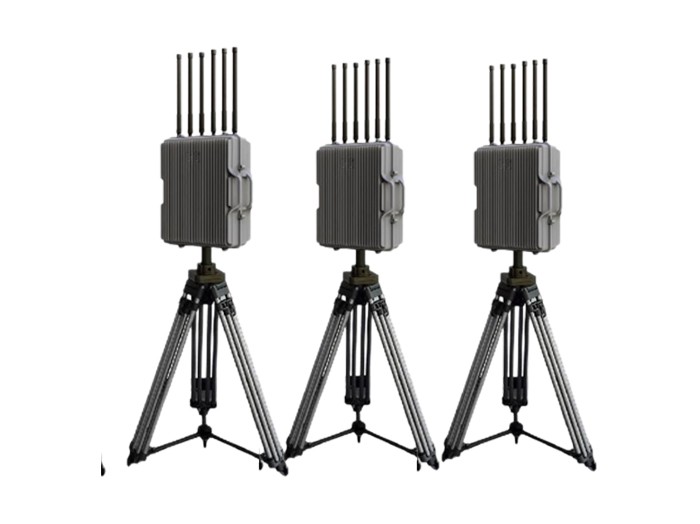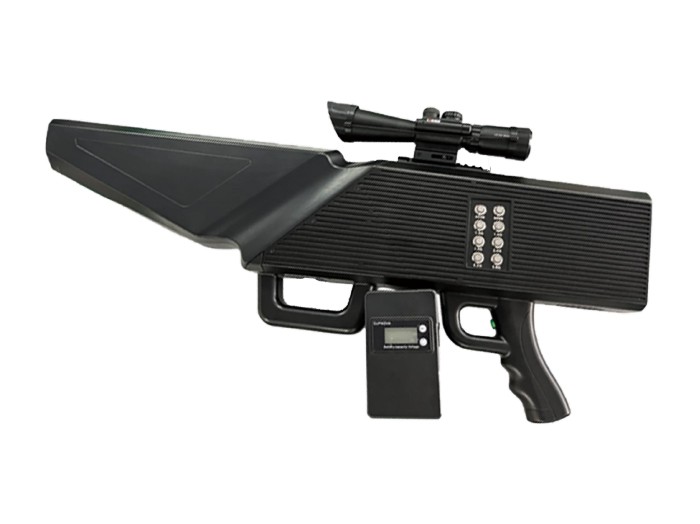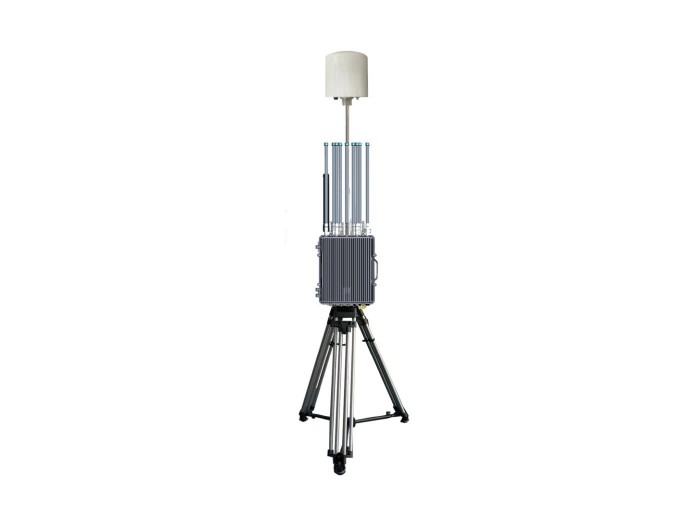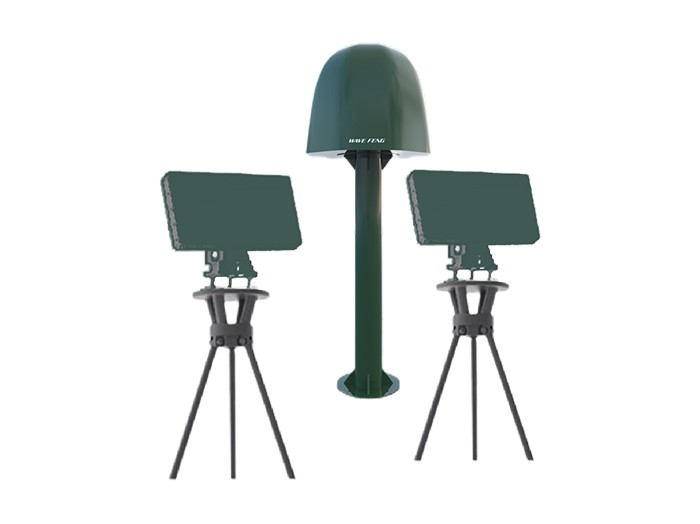Surveillance Drone for Military: Enhancing Modern Defense Capabilities
In today’s rapidly evolving defense landscape, military forces face increasing challenges in gathering real-time intelligence and monitoring hostile environments efficiently. Traditional surveillance methods often fall short in terms of speed, coverage, and operational risk. This has led to a growing demand for advanced solutions like surveillance drones for military applications. These unmanned aerial vehicles (UAVs) provide critical reconnaissance, improve situational awareness, and enable strategic decision-making in complex scenarios. Whether on rugged terrains or urban conflict zones, military surveillance drones deliver unprecedented agility and precision, transforming the way armed forces operate. For commanders and defense strategists seeking reliable, cost-effective reconnaissance tools, understanding the latest trends and benefits of military surveillance drones is essential.
1. What Are Military Surveillance Drones and How Do They Work?
Military surveillance drones are unmanned aerial systems designed specifically for intelligence, surveillance, and reconnaissance (ISR) missions. They are equipped with high-definition cameras, infrared sensors, and sometimes radar systems to monitor enemy movements and gather data without putting soldiers at risk. Typically, these drones range from small hand-launched models to larger aircraft capable of extended flight durations.
These drones operate remotely or autonomously, transmitting live video and sensor data back to a command station. For example, the RQ-21 Blackjack drone by the U.S. Marine Corps can fly continuously for up to 16 hours, providing persistent battlefield awareness. The ability to integrate real-time data feeds into military operation centers enables commanders to make faster, more informed tactical decisions. Moreover, surveillance drones can access areas too dangerous or inaccessible for human reconnaissance teams, reducing casualties and improving mission effectiveness.
2. Key Benefits of Using Surveillance Drones in Military Operations
Surveillance drones offer numerous advantages that enhance military operational capabilities:
- Improved Situational Awareness: Drones provide live feeds from multiple vantage points, enabling forces to detect threats early and respond effectively.
- Risk Reduction: By deploying drones instead of ground troops for initial reconnaissance, militaries can avoid unnecessary exposure to hostile environments.
- Cost Efficiency: Operating drones is generally less expensive than using manned aircraft or satellites for continuous surveillance missions.
- Rapid Deployment and Flexibility: Lightweight drones can be launched quickly and directed to varied terrains, from deserts to urban zones, adapting instantly to mission needs.
In a 2023 Pentagon report, the use of ISR drones helped reduce reconnaissance mission risks by over 40%, highlighting their strategic value in modern warfare. Additionally, advances in AI-driven analytics enable drones to autonomously detect and track threats, further optimizing military responses.
3. Essential Applications of Surveillance Drones in the Military
Surveillance drones serve multiple roles across various military contexts:
- Battlefield Reconnaissance: Monitoring enemy troop movements, equipment staging areas, and frontline conditions to support ground and air operations.
- Border Patrol and Security: Continuously scanning national borders or sensitive installations to identify infiltration attempts or suspicious activity.
- Disaster and Crisis Response: Assisting in search and rescue missions and assessing damage during natural disasters or post-conflict zones where immediate intel is crucial.
- Counterterrorism and Surveillance: Tracking insurgent groups or targets of interest with minimal footprint, especially in hostile or politically sensitive environments.

For example, the MQ-9 Reaper drone has been extensively used by multiple military forces for precision intelligence gathering coupled with strike capabilities when necessary. The dual function of surveillance and potential engagement offers strategic flexibility in diverse operational theaters.
4. Future Trends in Military Surveillance Drones
As technology evolves, surveillance drones are becoming more autonomous, versatile, and integrated into larger defense ecosystems. Notable trends include:
- AI and Machine Learning Integration: Enhanced onboard processing allows drones to analyze data in real-time for target recognition and threat classification without human intervention.
- Swarm Technology: Coordinated drone swarms can cover larger areas simultaneously, sharing data and executing complex reconnaissance tasks collaboratively.
- Extended Flight Times: Innovations in battery technology and solar-powered drones extend mission durations significantly, supporting persistent surveillance operations.
- Stealth and Counter-Detection: Development of quieter, radar-evading drones improves survivability in contested environments.
The global military surveillance drone market is projected to grow at a CAGR of 12.3% over the next five years, underscoring the importance of embracing these cutting-edge developments to maintain tactical superiority.
Recommendations for Choosing a Military Surveillance Drone
- Assess Mission Requirements: Identify whether endurance, payload capacity, stealth, or ease of deployment is the priority based on operational needs.
- Evaluate Sensor Capabilities: Opt for drones equipped with multispectral sensors (infrared, thermal, HD video) to enhance intelligence quality across different conditions.
- Prioritize Integration: Ensure the drone system can seamlessly feed data into existing command and control infrastructures for real-time decision-making.
- Consider Training and Support: Choose providers offering comprehensive training and responsive technical support to maximize operational efficiency.
- Stay Updated on Regulations: Verify compliance with military aviation and communication standards to avoid operational disruptions.
Want to learn more about the latest surveillance drone technologies tailored for military applications? Visit our website or contact us for a professional consultation today!
Conclusion
Surveillance drones have become indispensable assets in modern military operations, providing unparalleled reconnaissance capabilities, enhancing battlefield awareness, and improving operational safety. By leveraging advanced sensor technologies, AI integration, and strategic deployment, these UAVs empower military forces to achieve superior situational insights with reduced risk. Whether you are upgrading existing systems or adopting new drone solutions, selecting the right military surveillance drone is crucial for mission success. Explore our expert resources and product offerings to equip your team with cutting-edge ISR tools. Visit our website now or contact us for a free consultation to transform your defense capabilities through innovative drone technology.

















